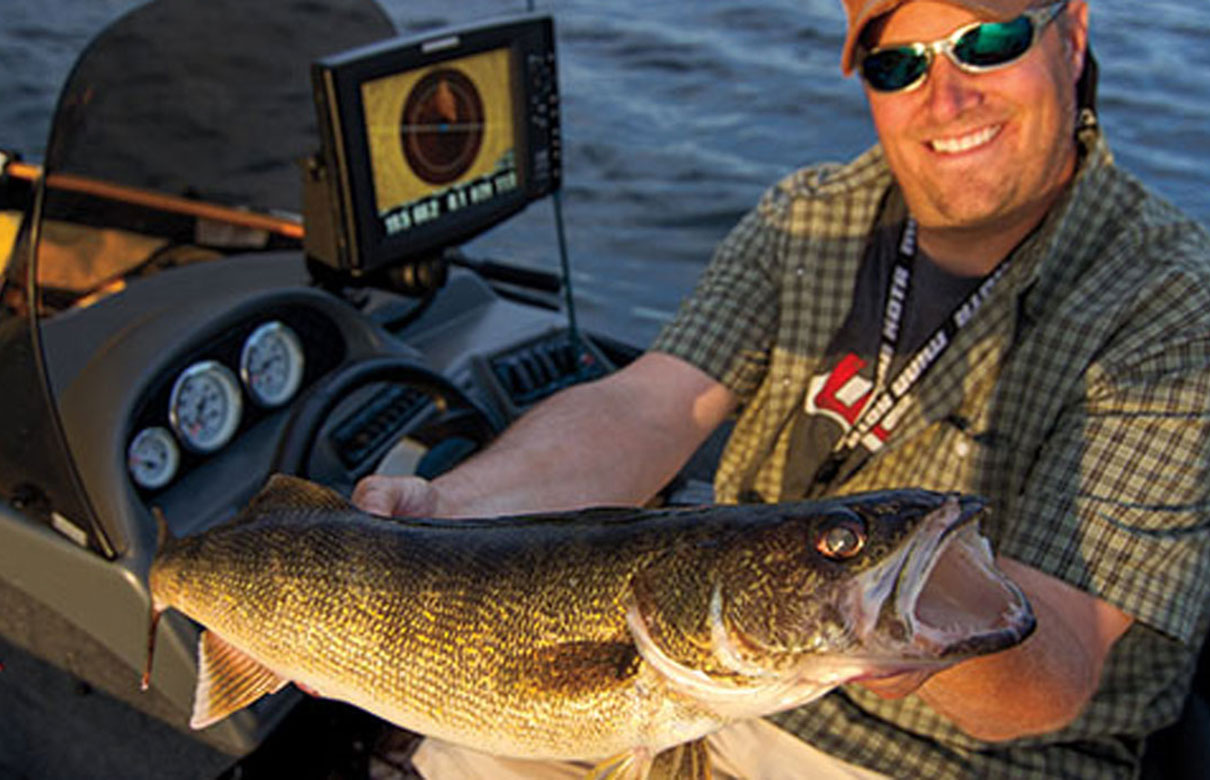How to Find Walleyes
By: Cory Schmidt
 (Photo courtesy of In-Fisherman.com)
(Photo courtesy of In-Fisherman.com)
If there’s one thing you learn in over 30 years of chasing walleyes, it’s that good spots are good spots, sometimes even independent of the season. Along the location trail, it’s common to uncover spots that look appealing on a lake map, but don’t attract walleyes because they lack baitfish, vegetation, or other critical habitat; or sometimes it’s as simple as the structure is in the wrong part of the lake; or it’s not exposed to the right current or wind.
Humps are examples of a seemingly obvious location that often fails to consistently attract walleyes. Humps in many lakes and reservoirs are classic boom-or-bust locations. At least during summer, you might check a few favorite humps every time you fish a particular lake because you’ve found good fish there often enough to make the search worthwhile.
On many lakes, humps serve as temporary feeding zones, visited by pods of walleyes during short periods of time. The chances of you landing on the hump when walleyes are there aren’t good. Nor is it always easy to predict when fish move onto such structures. But on clear lakes, humps or sunken islands with rock or hard bottom seem to be most consistent during the low-light phases in summer and early fall. On some lakes, fishing pressure can throw a wrench in such calculations, pushing fish off prime humps and other structure and onto non-descript sections of shoreline breaks or expansive flats.
READ THE FULL STORY ON IN-FISHERMAN